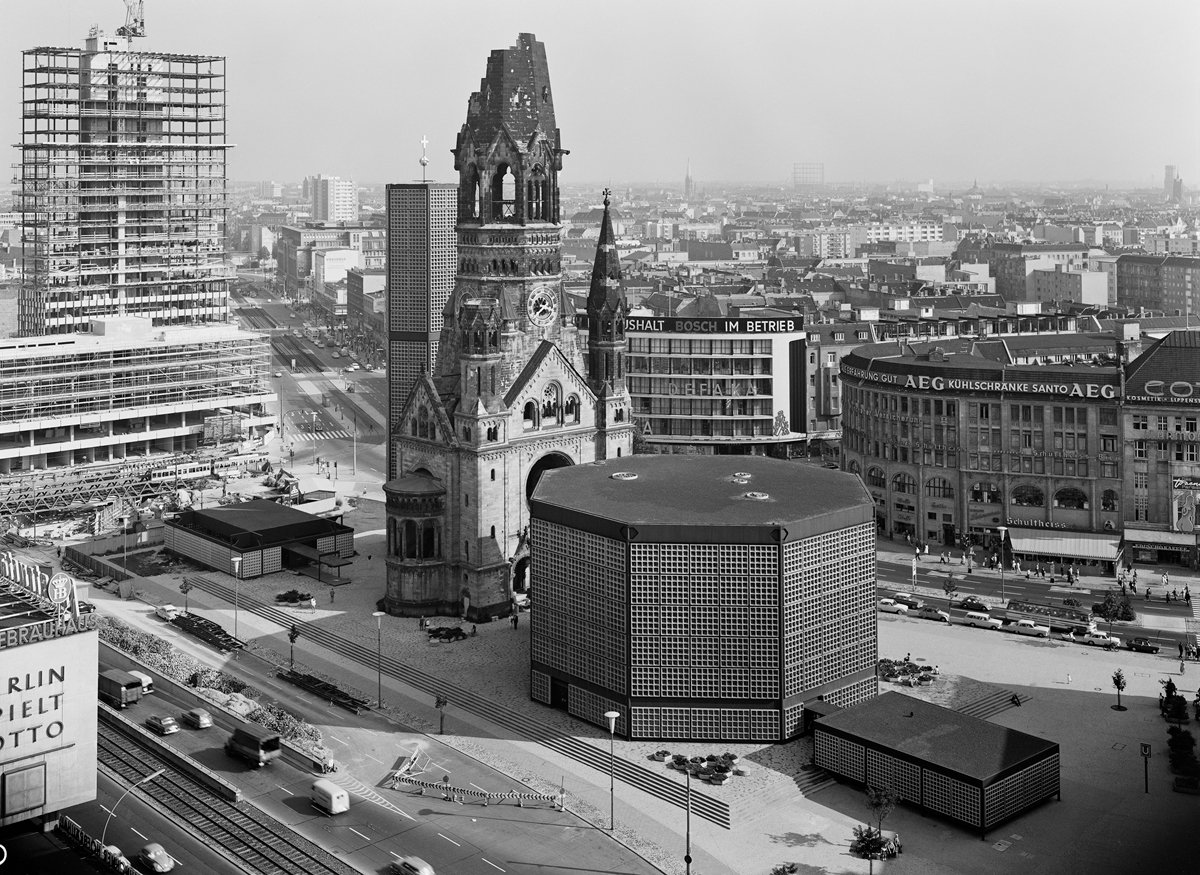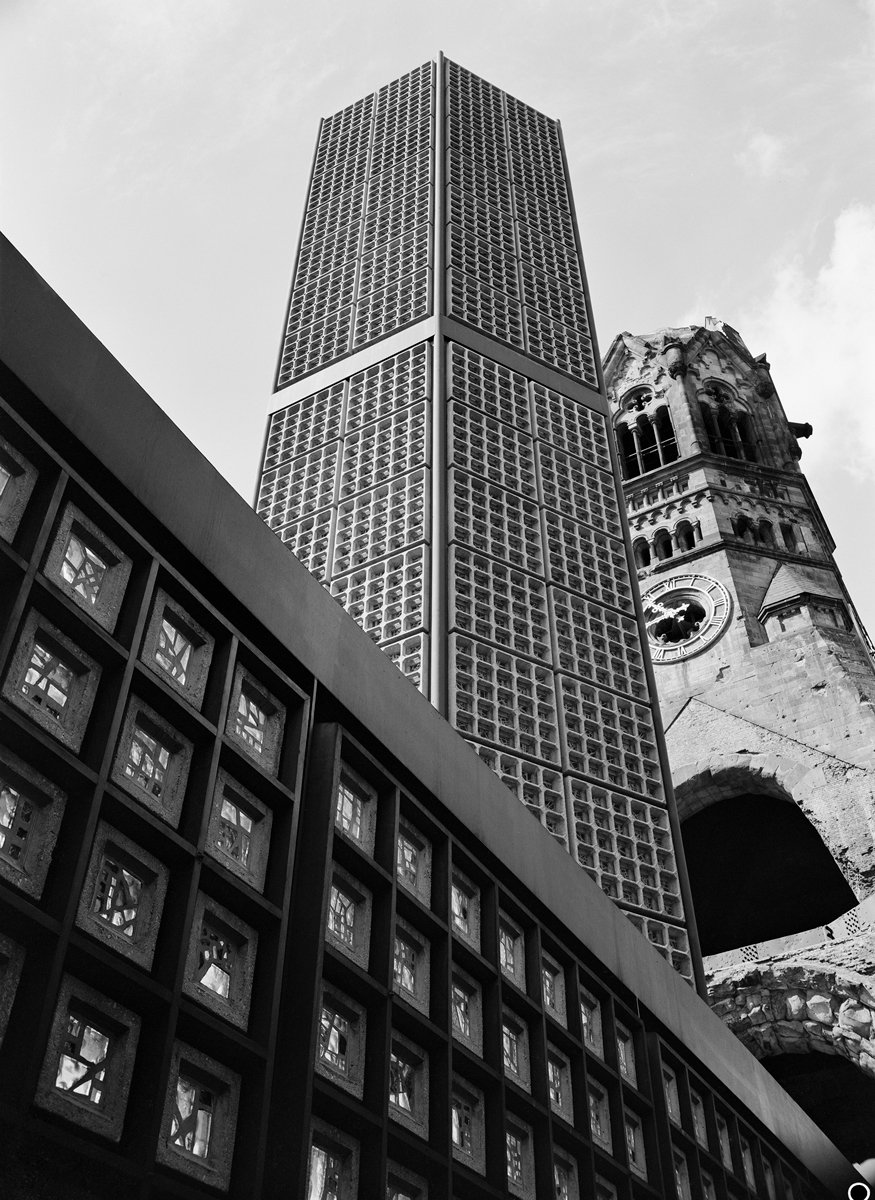In the aftermath of war, architects have a crucial role to play in reconstructing the physical and psychological landscapes of cities. They shoulder the responsibility of not only rebuilding infrastructure but also revitalizing the collective psyche of communities and redefining the shared experiences of urban spaces.
Taking a closer look at the reconstruction of Berlin after World War II, it's evident that this process was much more than a physical endeavor - it was a symbol of resilience, a monument to memory, and a testament to the transformative power of architecture.
Berlin, ravaged by bombing campaigns, was left with ruins and a populace struggling to make sense of their city's physical and psychological disarray. One of the significant symbols of this devastation was the Kaiser Wilhelm Memorial Church, a late 19th-century church heavily damaged during the bombings.
The reconstruction of this church, led by Egon Eiermann, didn't aim for an exact replica of the original. Rather than erasing the painful past, the architects chose to preserve the ruins of the old church as a memorial, starkly juxtaposing the old damaged tower, colloquially known as the 'hollow tooth', with the new. The new church, modern and distinct in style with its honeycomb-patterned glass walls, was built beside the ruins. This architectural decision marked the city's rebirth, representing the passage from a painful past to a hopeful, forward-looking future.
This approach to reconstruction, integrating old and new, embodied a poignant acknowledgment of Berlin's history. It served as a powerful symbol of resilience while offering a space for reflection on the city's past and its rebirth.
Beyond Berlin, the post-war architectural response has often involved both preservation and innovation. Architects worldwide have been tasked with the challenge of respecting history and collective memory while looking forward to designing spaces that accommodate future aspirations. In the end, these efforts serve as a testament to the resilience of cities and societies, fostering a sense of unity and shared human experience through the power of architecture.
Image: saai, Horstheinz Neuendorff

